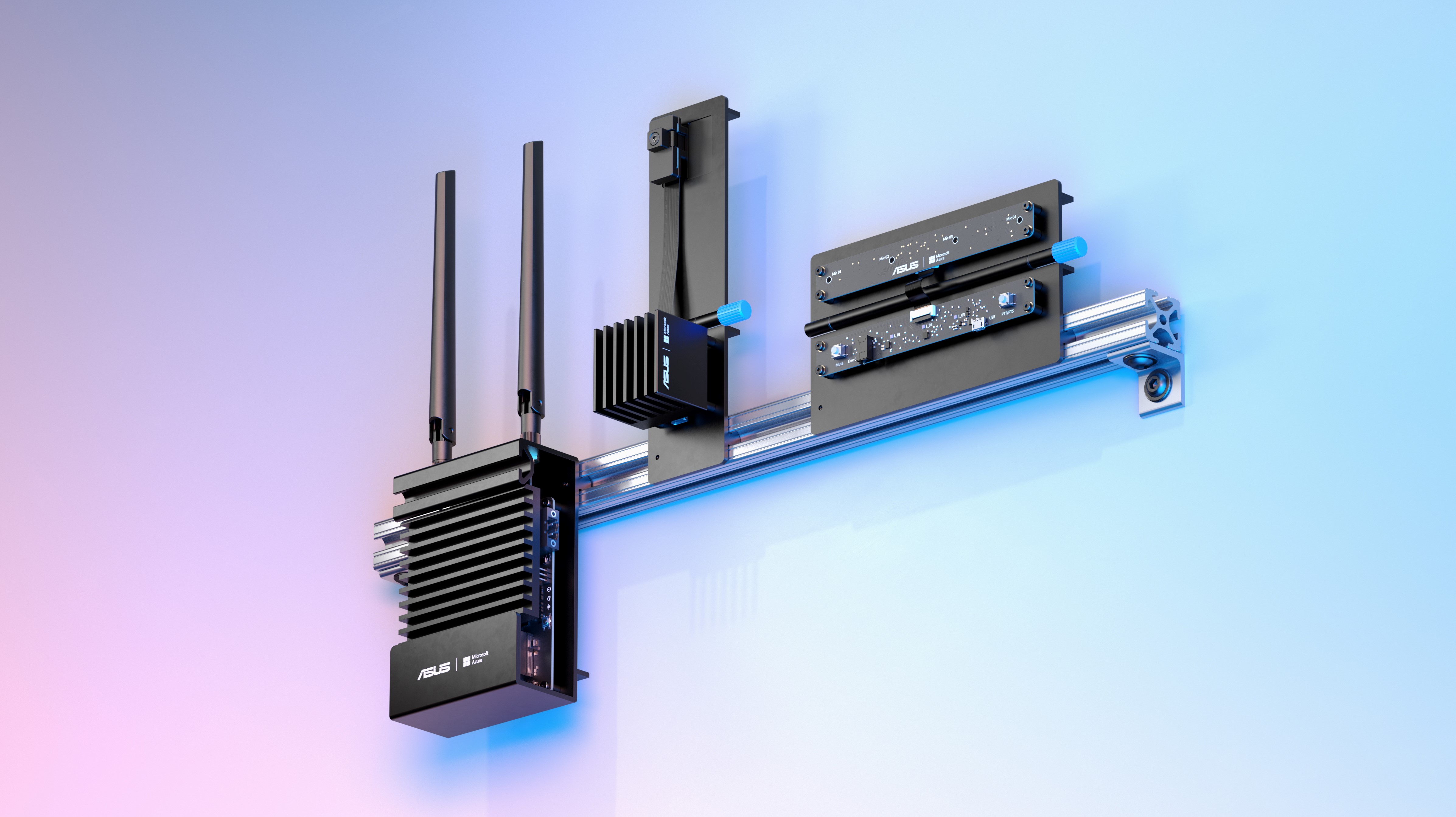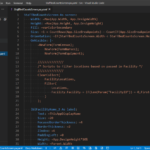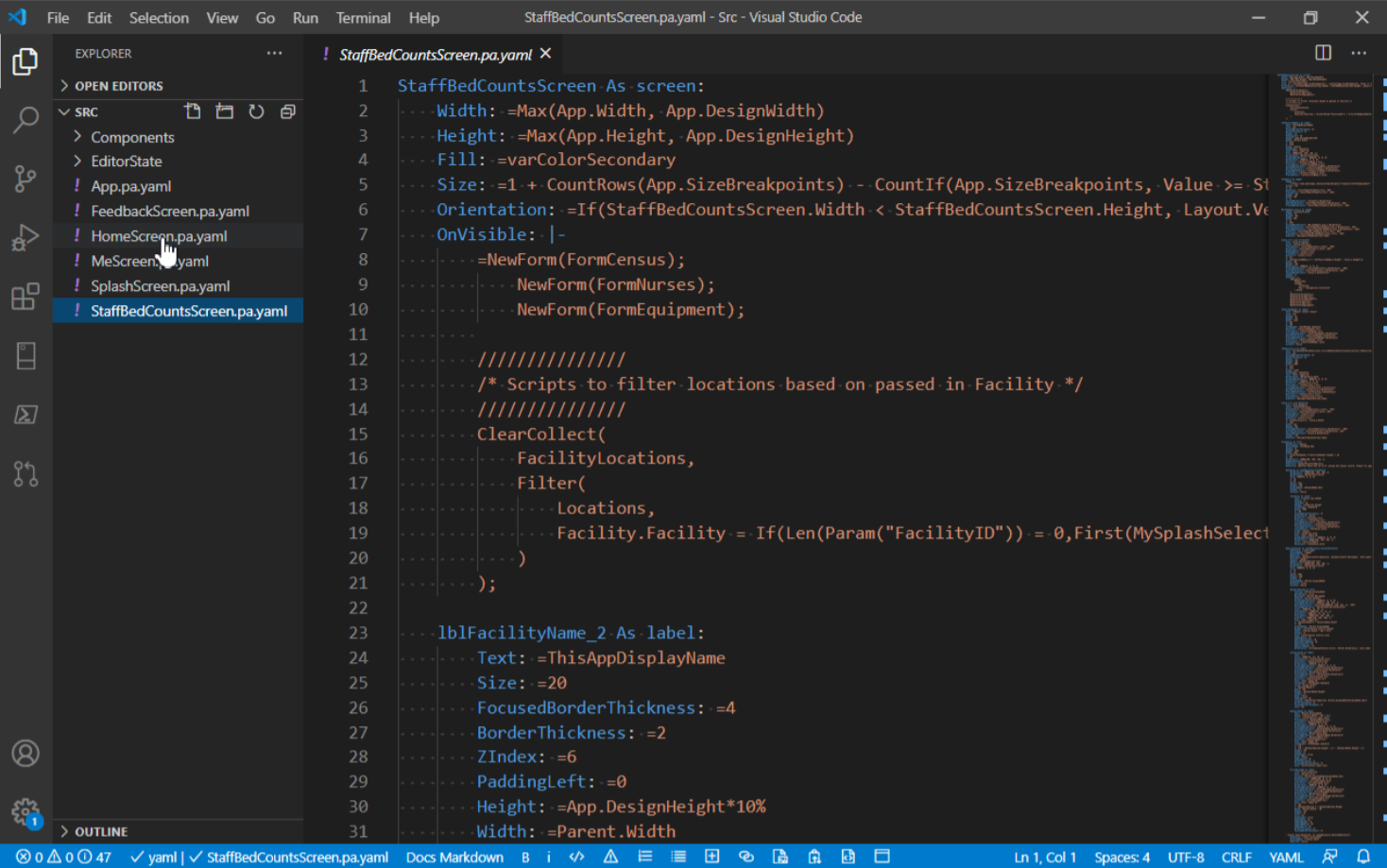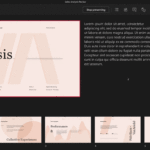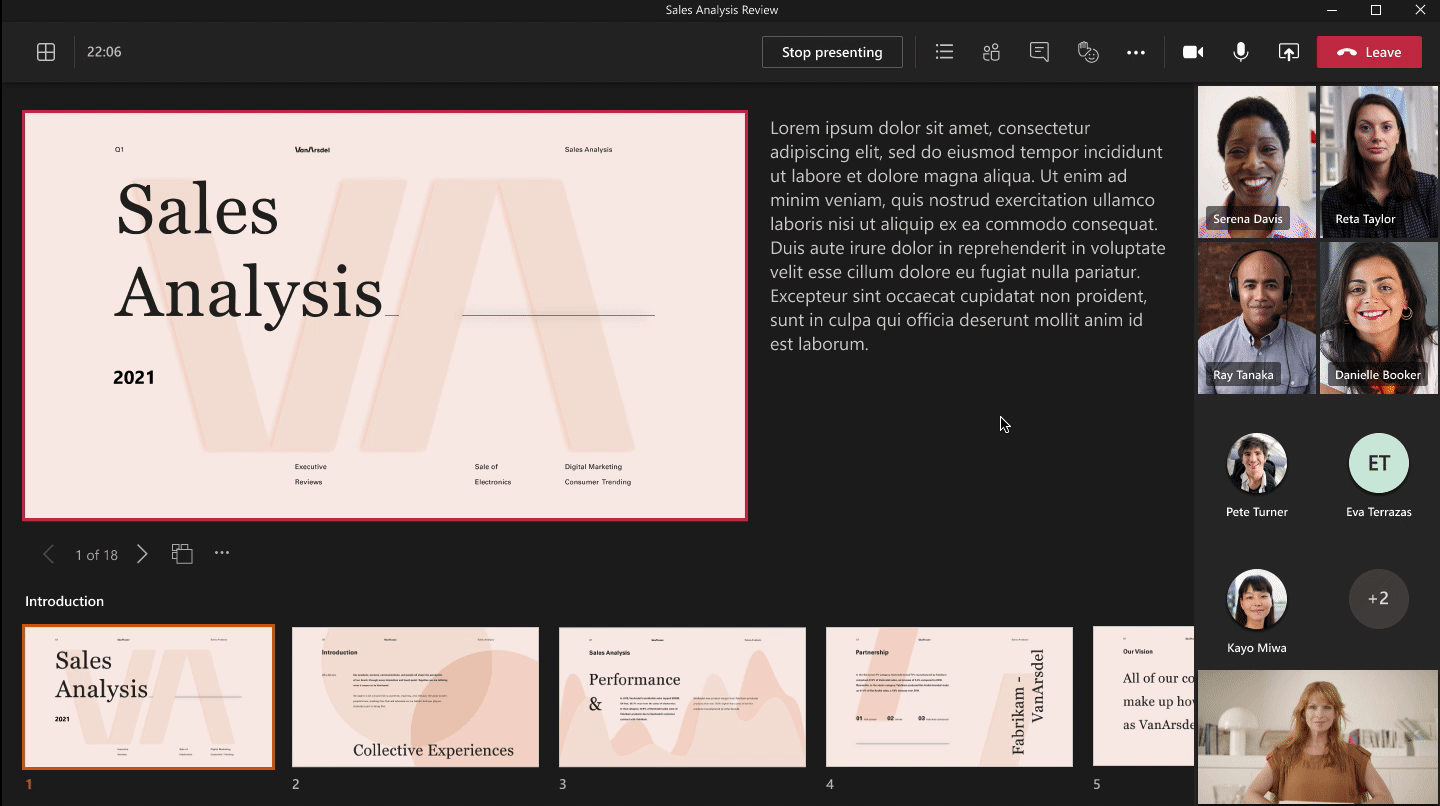This morning Parabol, a startup that provides retrospective meeting software to agile development teams, announced that it has closed an $8 million Series A. Microsoft’s venture capital arm, M12, led the deal. The investment also saw participation from Techstars, CRV, and Haystack.
TechCrunch caught up with Parabol CEO Jordan Husney to talk about the round, and his company. We were curious how large the market that Parabol serves is, and if the company was overly-nicheing its service. While the startup is still young, the answer appears to be no – adding to our general sentiment that the software market is even larger than we perhaps thought.
Let’s explore how Parabol came to be, and how it came to pick its target market. Or more precisely, how its target market chose it.
Building horizontally, focusing vertically
After a stint in the consulting world, Husney was more than aware of the communications issues that distributed teams can endure. With multiple offices the norm among big companies, he told TechCrunch in an interview, communications between remote workers came down to an email thread, or a meeting. A self-described “recovering engineer,” Husney wondered if there was space in the business market for “structured communications,” or the type of asynchronous meetings that are popular in the code-writing world.
Borrowing from the ethos of agile development, a method of writing software that prioritizes collaboration and evolution over process and documentation, Husney built Parabol to bring agile work and communications methods to non-developer business teams. If agile principles were good at helping foster developer results through status meetings, why wouldn’t the same process translate to other work settings?
But the market had other ideas. Instead of hitting it big in the business world, owing to the friction resulting from needing what Husney described as a “behavior change” — something often lethal to rapid adoption of a new service, or product — agile teams themselves started using Parabol’s tech.
The startup followed the demand. And there’s quite a lot of it, as it turns out. Husney estimated that there are around 20 million agile developers in the world, the business from which has helped propel companies like Atlassian to enormous heights. It’s a big enough pool for the startup to swim in for a long time.
Returning to our earlier note about the depth of the software market, Parabol is a good reference point. It appears capable of building a real company on the back of supporting a subset of the software creation world’s peculiar meeting style; the market for software is simply gigantic.
Growth
After deciding to support agile software teams, growth came quickly to Parabol. In 2018 and 2019, the company saw growth of 20% to 40% each month, its CEO said. Calling his company a “rocket,” Husney gave partial credit to Parabol’s freemium go-to-market model, a common approach when selling to developers who eschew the traditional sales process.
By selling to the already-converted, Parabol found product-market fit. Husney himself had underestimated the demand from agile software developers for tools to support they work, because he thought that they’d already figured out their own needs, he told TechCrunch.
What Parabol has built is not a simple tool, however. Powering retrospective meetings and incident post-mortems, its software collects notes from workers on things that should be done, things that should no longer done, and things that should be kept up. The service then aggregates them automatically by topic, followed by users voting to decide on changes and takeaway actions. The result is an asynchronous way for developer teams to stay in sync.
The startup closed a Seed round in November of 2019, just in time to have cash on hand for the COVID-19 pandemic. The rapid switch to remote work quickly drove Parabol’s user growth from 600 per week in January of 2020, to 5,000 per week in March of the same year. The company has some public usage data available here, in case you want to check the spike yourself.
After raising its $4 million Seed, Husney decided to raise more capital after being told by others that it was a great time to do so. And after winding up with a few firms to choose between, wound up taking Microsoft’s money.
There’s a story there. Per Husney, Microsoft’s M12 was not on the top of its venture capital list; there is a somewhat good reason for that, as taking strategic capital over pure-venture capital is a choice and not the best one for every startup. But after Husney and company got to know the Microsoft partners, and each side underwent diligence, the fit became clear. According to the CEO, M12’s investing team called various Microsoft groups — Azure, GitHub, etc — to ask them about their views on Parabol. They raved. So Microsoft had strong internal signals concerning the deal, and Parabol learned that its potential investor was a heavy user of its product.
The deal worked out.
Why $8 million and not more? The startup’s growth plan isn’t super capital intensive according to Husney, and its market is pulling it instead of the other way around. The team is dilution-conscious as well, he explained. The founding team put the company together in 2015, and didn’t raise its seed round until 2019. It was ramen days back then, he explained; you’ll cling to your ownership, I suppose, when you have bought it that dearly.
Parabol runs lean on purpose. Husney said that his team was not following the Reid Hoffman blitzscaling ethos, instead focusing on hiring for individual leverage. In the CEO’s view, you don’t need to scale quickly to build collaboration products.
The $8 million raise could give Parabol infinite runway, the CEO said, but his company instead raised it for about a 24 month spend. At the end of that he expects the company to have around 30 workers, up from its current 10.
Parabol wants to quadruple its revenues this year, and triple them in 2022. And it wants to scale to 500,000 users from its current 100,000 this year, reaching one million by the end of next year. Let’s see how it performs against those goals.
Powered by WPeMatico





